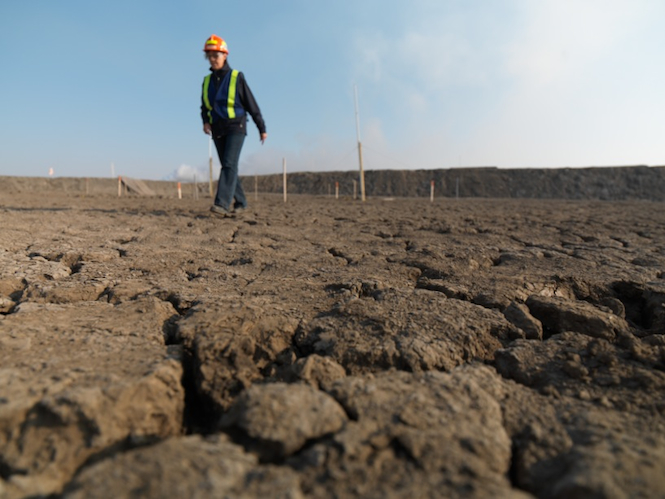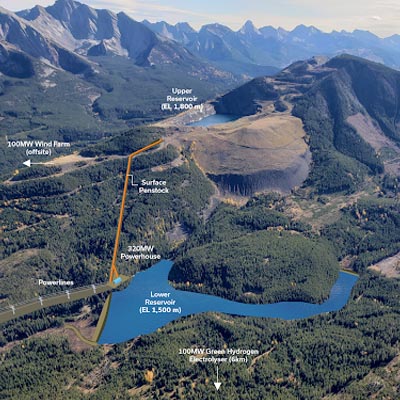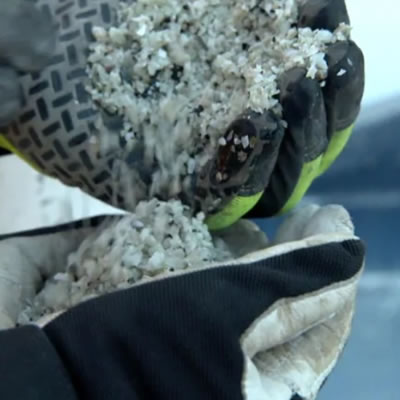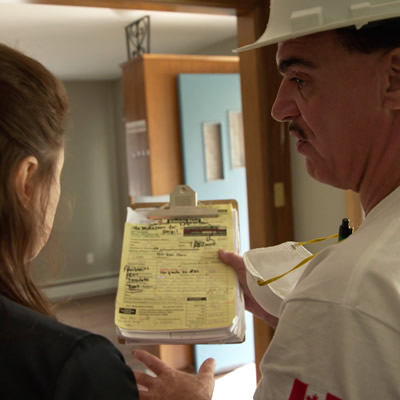Tailings ponds made better
Syncrude is developing innovative methods and new technology to manage its tailings ponds

Centrifuge technology is allowing Syncrude to reclaim its tailings ponds with greater success. — Photo courtesy Syncrude Canada Ltd.
Syncrude began operations at the Athabasca oilsands in northeastern Alberta in 1978. Throughout its 33 years of oilsands production, the company has been a huge economic driver and has paid more than $10 billion to governments for royalties, as well as payroll and taxes. Today, Syncrude employs 5,000 people and 1,500 contractors.
It is no secret, however, that after the oil from the sands has been extracted, large reservoirs of water—called tailings ponds—pose a threat to the environment if not managed correctly.
Taking extra steps
Syncrude is currently implementing a multi-pronged approach to managing its tailings ponds to comply with provincial government regulations as specified in the Energy Resources and Conservation Board Directive 074. This directive basically states that mining companies can be held accountable for their tailings management and ensures that there is no further growth in the liquid volume of the tailings ponds.To that end, Syncrude is developing three technologies: water capping, composite tails and centrifuge technology.
Jim Lorentz, the area team leader for technology development at Syncrude, is a second-generation miner whose father also worked at Syncrude. Lorentz has his undergraduate degree from the University of Alberta in engineering and mineral processing, and he started working at Syncrude upon graduation. That was 20 years ago. Over the course of his career, Lorentz has worked in various facets of the oilsands industry—including extraction, operations and maintenance and bitumen production; for the past six years, he has been involved in the research and development arm of Syncrude. Currently, Lorentz is working on improving the commercialization of water capping, composite tails and centrifuge technology to meet the regulations of Directive 074.
Various steps for one solution
Water capping involves putting layers of fresh water over a deposit of fine tails to form a lake. From research done at Syncrude, the test ponds have shown that these lakes will support aquatic plants, animals and fish. Composite tails is a system in which gypsum and sand are mixed in with the tailings. This causes the tailings to settle at a faster rate and this enables Syncrude to develop areas of land that can support diverse landscapes more quickly after the land has been used. Finally, centrifuge technology involves inserting the tailings into vessels that spin to separate out the water, which will then be recycled for plant operations.
“(With centrifuge technology) the first step is to reclaim the clay tailings from the ponds,” said Lorentz. “We usually use a dredge or a pump to draw that material out . . . and then the decanter centrifuge spins around at about 1,000 or 2,000 r.p.m. and generates higher centrifugal force to spin the water out of the clay tailings. Then you are left with what we call a cake—it looks like Silly Putty that we stack . . . (At this point it is) trafficable and you can choose to reclaim that area or you can use the same area for another cake stacking.”
Seven perspectives are better than one
In December 2010, seven oilsands companies announced that they would collaborate on technology development, thus removing the barriers of intellectual property when it comes to technology development. Lorentz said that this collaboration has set a new precedence for oilsands to improve their social and environmental performance.
“We can minimize duplication of efforts, expedite the innovation cycle and bring these technologies to commercialization faster,” said Lorentz.




